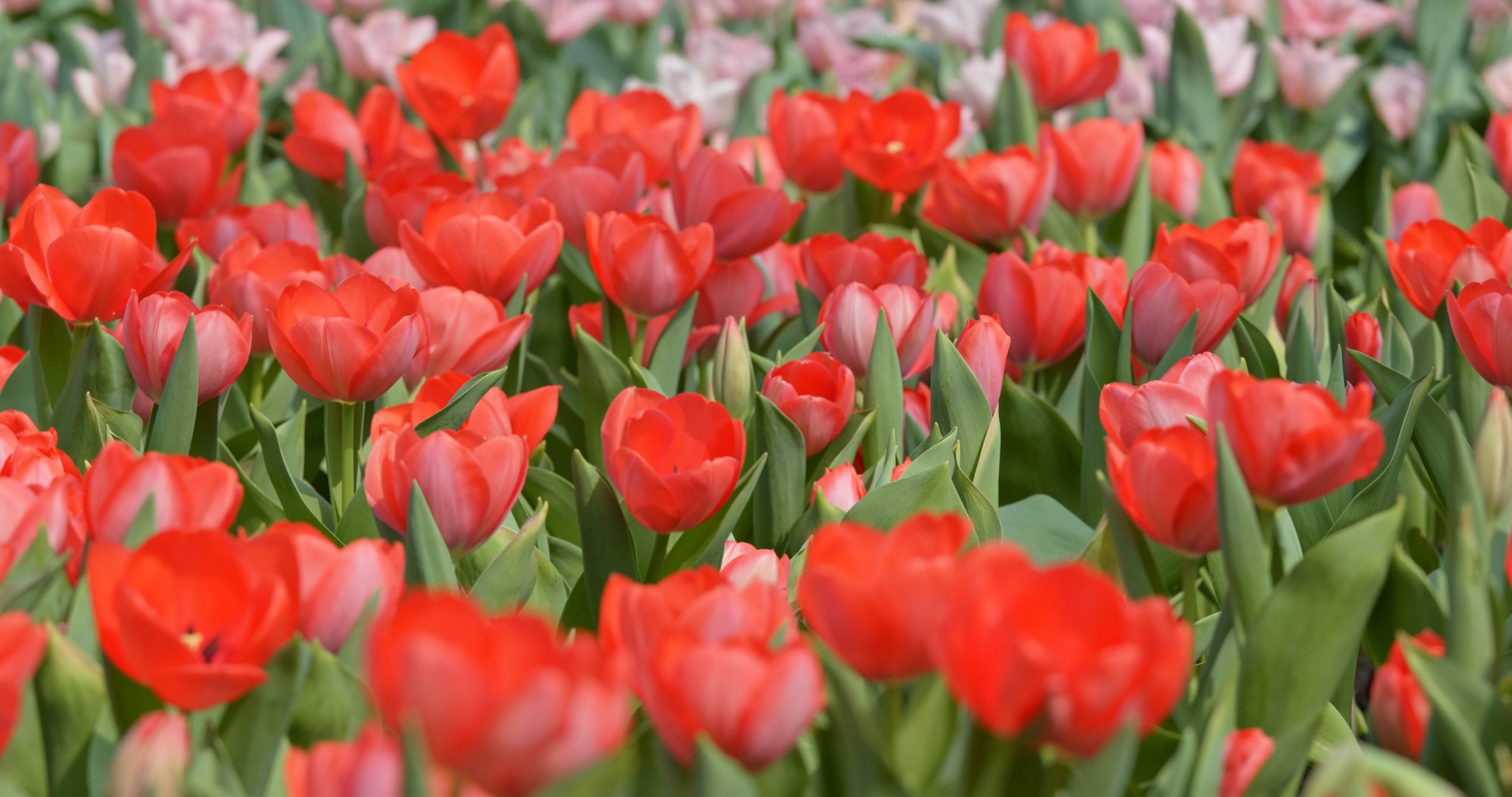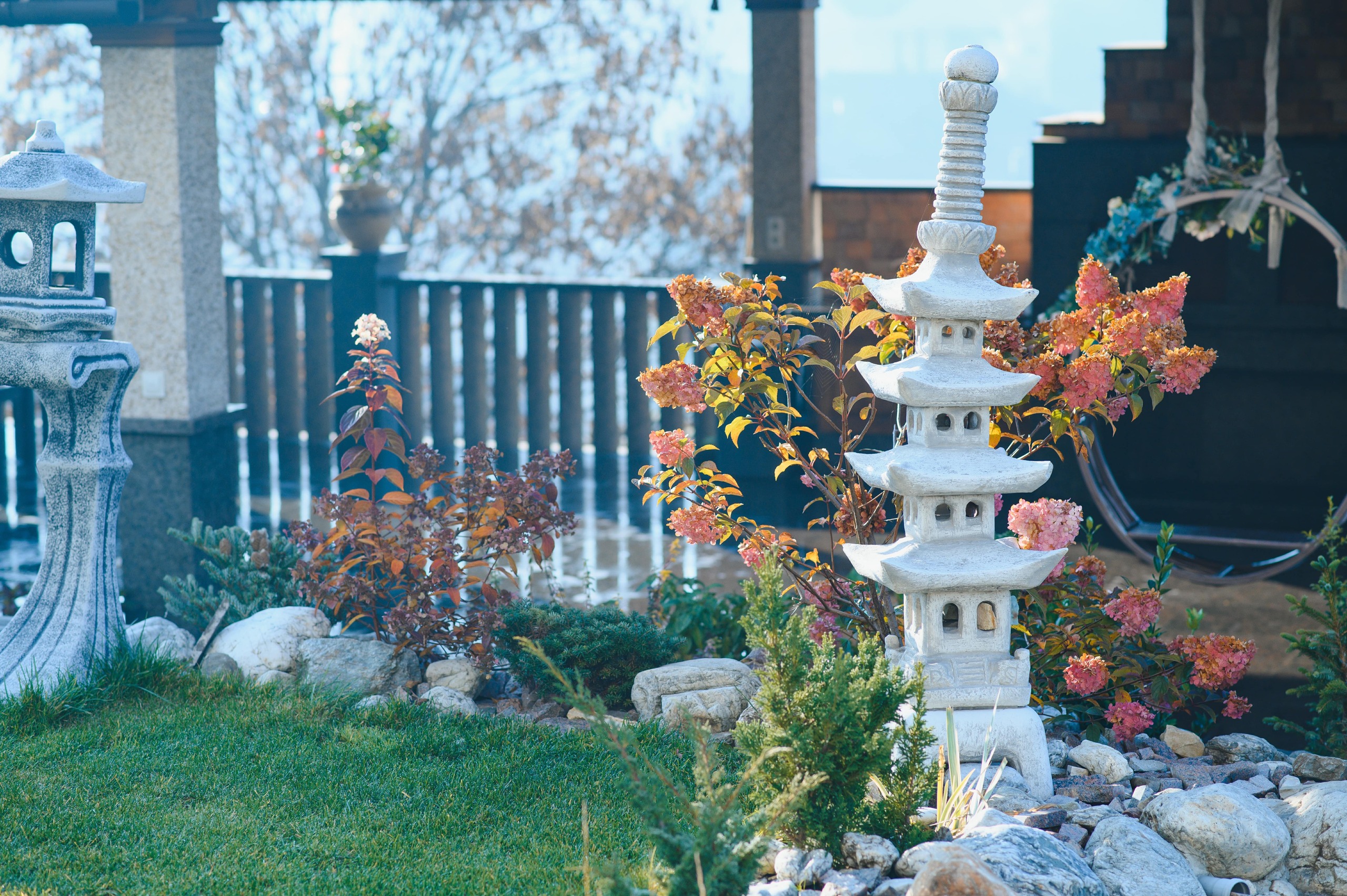Flowering plants add vibrant color and charm to any garden, as well as providing food for both humans and the environment, attracting beneficial insects and predators, and improving soil quality.
Planting Different Flowers for Your Garden
If you’re looking to add some vibrant blooms to your yard, plant flowers that are native and appropriate for the climate where you live. The USDA Plant Hardiness Zone Map can help determine which flowering plants will thrive best in your location.
Depending on your region, you may want to plant flowers that are suitable for the soil type. Some bloom best in moist environments while others thrive best in dry ones.
Some azalea varieties require full sun to thrive, while other shade-loving perennials, like astilbe and hostas, prefer moist soil with plenty of organic matter.
Planting Flowers at the Appropriate Time
When planting flowering plants, wait at least two weeks after a frost has passed in your area and before night temperatures drop below freezing. It is ideal to wait until this occurs.
It’s essential to plan ahead for springtime by making sure your plants are prepared to grow and flourish when spring arrives. This is especially pertinent if you plan on growing bulbs or wildflowers.
For bulbs, late fall is the ideal time to begin preparing your bed for spring growth. Early springtime is ideal for starting perennial flowers like lilies and roses.
It is wise to plant flowers that are suitable for your region, so they will be ready to flourish when spring comes around. Consider which flowers can withstand extreme temperatures and rainfall better in your area; some species are more heat tolerant than others.
Once you know which flowers are ideal for your area and when to plant them, it’s time to plan out your garden design. This can be a daunting task due to so many varieties available; however, take time to think carefully about how it should look and which types of blooms work together harmoniously in your space.
When planning your flower garden, the most essential aspect to remember is that you should carefully design it for aesthetic value and added enjoyment by both family and guests. With careful thought and planning, your flower garden will become an impressive part of your yard.
Molly E. Williams, a gardening expert and author, suggests considering the type of garden you’d like to create and researching which flowers thrive in your region. To accomplish this goal, she suggests.
When selecting which flowers to plant, keep in mind that flower gardening can be tricky and you should always be willing to try something different if your plans don’t pan out as expected.



